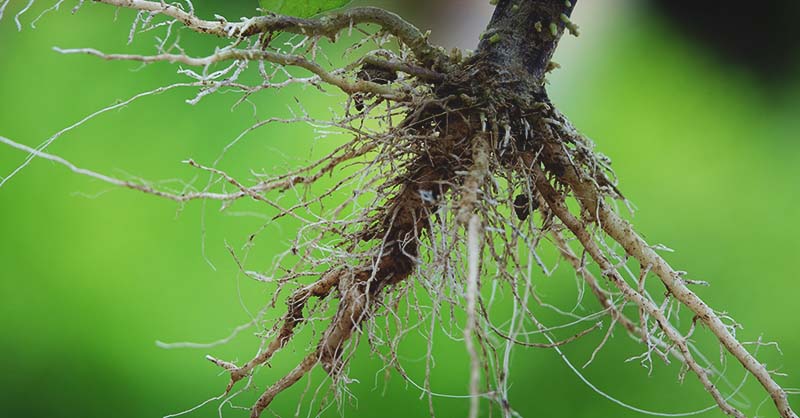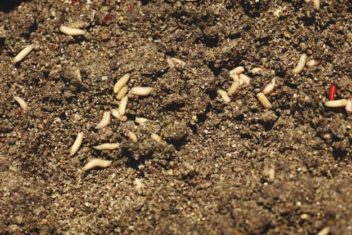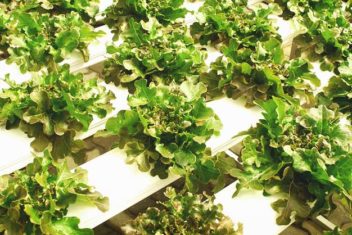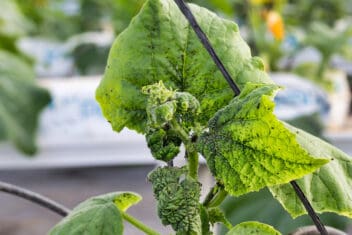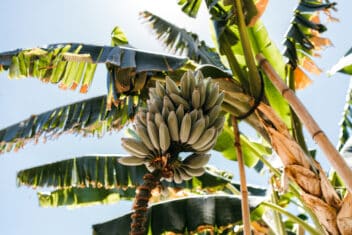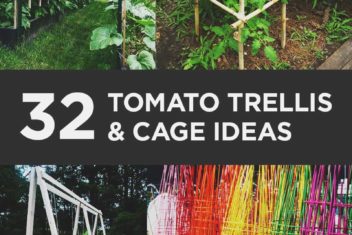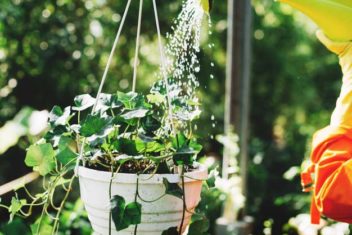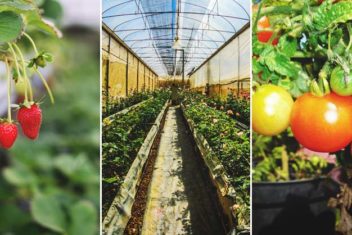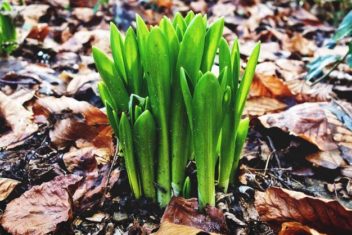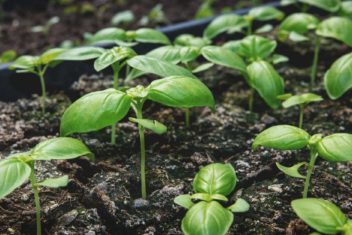There was a time in my life when I didn’t completely understand what it meant “to get to the root” of something. Phrases like “finding the root cause of a problem” or “going back to our roots” just seemed like silly expressions business managers used to create unnecessary work for other people.
Now, I grow my own food. I depend on my knowledge of roots to eat. So, those idioms have true meaning.
Roots are both literally and figuratively the foundation of gardening successes or failures. So it makes sense to look to roots and plant root structures for guidance on how to treat plants, how to solve garden problems, and more.
If you want to get to the root of how your garden grows, then read on.

The Reason for Roots
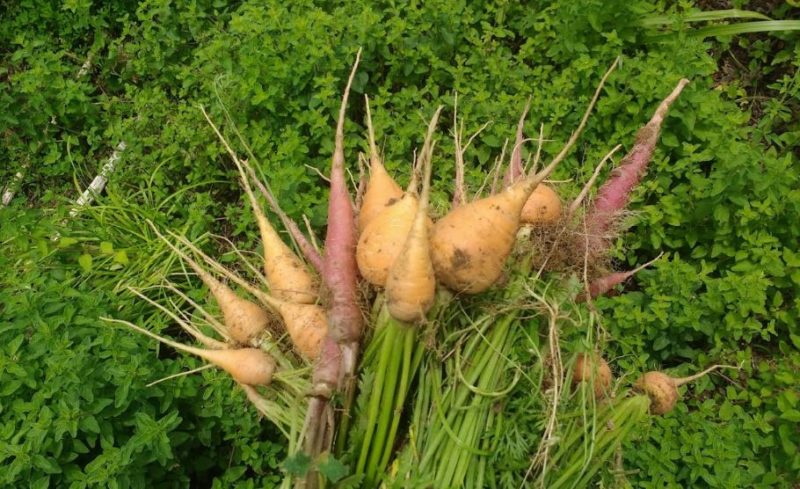
Most people know that plants draw in nutrition through their roots. They also take in water. Additionally, roots anchor plants into the soil so that wind, rain, and other environmental forces can’t displace plants easily.
However, many people don’t realize roots are the social networking tools of plants too. Roots create relationships with mycorrhizae (tiny fungi) and bacteria to help promote the overall health of the plant. They also act as communication receptors for underground messages from other plants.
Mycorrhizal Relationships
Plants share some of the sugars they produce through photosynthesis with mycorrhizae. In exchange for that sweet stuff, those little fungi bring the plants some of the nutrition they need to survive.
Phosphorous, for example, is often spread sparsely throughout the soil. Sometimes it’s hard for plants to find enough of it on their own.
So, the fungi in the soil fetch phosphorous and bring it back to the plants. They are like the takeout taxi for plant food!
Bacterial Relationships
Most gardeners know that a bacteria called rhizobia establish relationships with legumes. Plants basically give off a signal to the bacteria to let them know they need nitrogen.
The bacteria pull the nitrogen from the air. Then, they create little storage sacks called nodules on the root of the plant.
The nodule is plugged into the root so the plants can draw nitrogen from it. In exchange, plants give bacteria carbohydrates created using photosynthesis.
This
The data is just starting to come out about how those other bacterial relationships work. But, the benefits are so clear that in 2019, some industrial corn growers are going to start using nitrogen giving bacteria as a form of fertilizer.
Social Networking
Back in the 1980s, people would have looked at you like you were crazy if you said plants use their roots to talk to each other. Now, though, there’s overwhelming scientific proof that plants do communicate using signals sent and received by their roots.
We don’t know all the details yet on how much they communicate. But it’s clear that plants give each other warning of attacks from pests. They also communicate with each other about their locations.
They even give each other notification of how their behaviors might impact each other. For example, corn grown in close quarters tell each other their growth rates. That allows corn growing nearby to grow faster if necessary to avoid being shaded out by taller corn plants.
What Roots Tell Us
Now, plants may not talk to us the same way they talk to each other. However, roots can still tell us a whole bunch about how we can to cooperate with them to develop mutually beneficial relationships.
Similar to the way plants provide food to mycorrhizae and bacteria, if we give our plants what they need to grow well, we also reap the benefits to our food supply!
Plant Root Types
In general, there are two main root types. These are called taproots and fibrous roots.
Understanding which of these type of root structures your plant has can help you make important decisions for their health. For example, soil preparation and nutrient needs are determined in large part by the structure of a plants roots.
1. Taproots
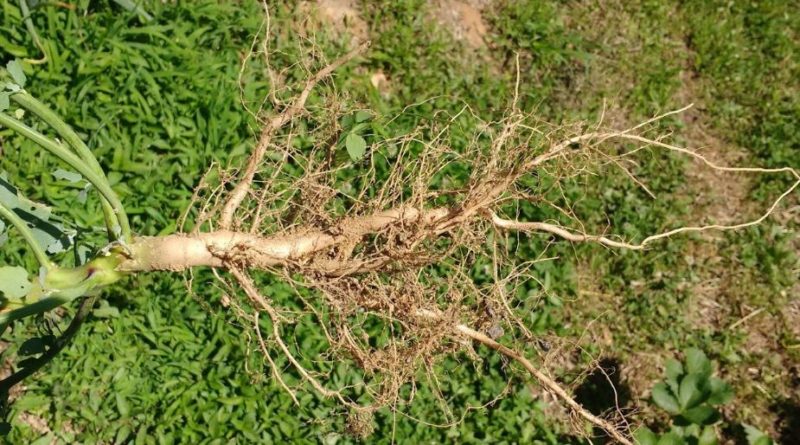
Taproot plants grow one major root that is supported by lateral roots that branch out from the main root. Some of the most difficult to pull weeds, like dandelions, dock, and lambsquarters grow deep taproots that anchor them tightly to the soil.
Also, some of the tastiest vegetables like carrots, parsnips, beets, radish, and turnips all have taproots too. However, they have what’s called a modified taproot.
Those tasty vegetables’ taproot has been modified to become a form of storage of nutrients and water for the plant. Round taproots, like turnips, are called napiform roots. Elongated taproots with pointy ends, like carrots, are called conical roots. Roots that are narrow at the ends and wide in the center, like radish, are called fusiform roots.
Growing Taproot Plants
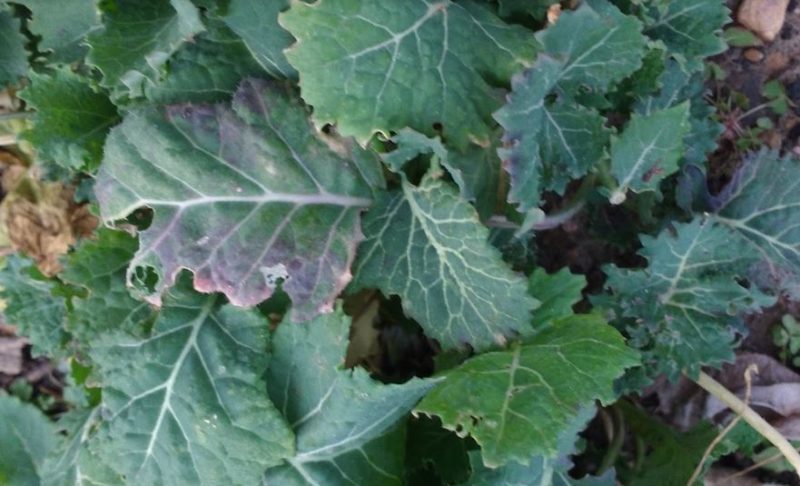
All young plants require some care to get established. Taproot plants, though, tend to be better adapted to scavenge minerals in the soil and access water during dry periods.
Great Choice for New Gardeners
As a result, they are generally lower maintenance after they are established. Which makes them good choices for new gardeners to try.
As an example on the herb front, parsley is renowned for being one of the easiest herbs to grow because it is a taproot plant. Once you get it going, it’s hard to kill!
Lower Nitrogen Needs
Most taproot plants do not need large quantities of nitrogen to grow. If there is a large amount of nitrogen in the soil, they tend to develop prolific top growth and limited root growth.
That’s usually the problem if your carrots or parsnips grow fat rather than long in loose soil.
Prefers Deep Soil
Well-tilled or deep soil are ideal for growing taproot plants. Though, if given enough time and otherwise good growing conditions, taproots can often drill down deep into compacted soils.
For this reason, crops like tillage radish are used as soil breakers. They are planted, allowed to grow deep, then left to die in the ground. As the radish taproot decays, air, water, bacteria, and fungi move into the open space to improve the soil.
Not Great for Containers
Taproot plants aren’t great producers in containers. If you want to grow tap rooted vegetables well in containers or raised beds, make sure they are extra deep.
Heavy Phosphorous Feeders
Taproot plants generally need a fair amount of phosphorous for ideal root development. When vegetables like beets, carrots, turnips, and radish are slow to grow, lack of phosphorous is usually the culprit.
Thanks to those root relationships and those durable taproots though, even if phosphorous isn’t immediately available those plants can live. I’ve seen nutrient deprived turnips hang on for over a year in rough conditions.
Root Cuttings
Some taproot perennials can be easily propagated by root cuttings. Comfrey, dock, and horseradish are great examples. Even a small piece of root left in the ground can become a large plant from those taproots.
Avoid Transplanting
In general, plants with taproots will have slower growth rates if the taproot is disturbed after planting. So, it’s usually better to plant from seed, direct in the garden.
If you do want to pre-start plants indoors, make sure to use deep cells or soil blocks. Transplant before the taproot begins to curl. Do not loosen the roots when transplanting.
2. Fibrous Roots
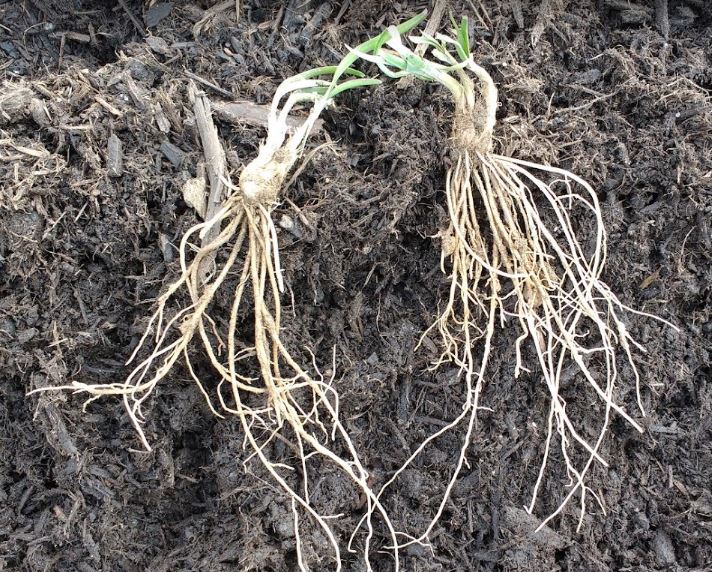
The second root type is called fibrous roots. Fibrous roots often look more like a mop head. The most common examples of fibrous root systems are things like grass and lettuce.
When you dig them up, you can clearly see a mass of roots spreading from the center of the plant base rather than from the center of a root.
Onions
Some of the vegetables we think of as “roots” are not plant roots. Onions, for example, have a fibrous root system.
The bulb portion of the onion plant is not part of the root. It’s part of the stem portion of the plant. Similar to modified tap roots, the bulb is a stem-based storage device fed by the roots.
Potatoes and Sweet Potatoes
Also, similar to the modified storage type taproots, there are some underground “root” vegetables that grow with a fibrous root system.
Potatoes and sweet potatoes, for example, both have fibrous root systems. However, they also can create the underground ‘storage devices’ that we love to eat.
With the potato, the storage device is part of the plant stem. Sweet potatoes, on the other hand, are plant roots that grow fat with stored nutrients. In either case, though, the tuberous roots and stems are fed by a fibrous root system.
Herbs
Most herbs have fibrous root systems. Herbs like basil can quickly develop extremely complex and broad-reaching fibrous root systems that allow for incredibly prolific top growth. That’s why they are so easy to grow.
Oregano is another great example of a fibrous root structure. Oregano roots grow very close to the surface of the soil and spread like a matting carpet.
Growing Fibrous-Rooted Plants
Fibrous plants get most of their nutrients from the top few inches of soil. That makes them needier than taproot plants.
Fertilize Right
Fibrous plants generally benefit most from the use of fertilizers and fresh additions of compost. Since the roots grow mainly in the upper levels of the soil, deposit the nutrients in that zone for best results.
Amend your soil before planting – a
Water Well
When they are well-established and have broad-spreading root systems, some fibrous-rooted plants may be somewhat tolerant to droughts. Generally, fibrous-rooted plants with small leaves tend to fall into this category. Herbs like lavender, rosemary, and oregano are good examples.
Fibrous-rooted plants that aren’t designed by nature to have small leaves, though, will generally be stunted and stressed during droughts. This is why leafy plants like lettuce simply won’t grow into big leaves or heads without consistent watering even when all nutrients are present in the soil.
These plants also benefit most from the use of mulch to preserve moisture.
Easy to Transplant
Fibrous-rooted plants don’t seem to mind transplanting. As long as you don’t overly disturb the root mass, these plants will start growing in a couple of days once you get them situated in their permanent location.
Proper Plant Spacing
Fibrous-rooted plants don’t have the same capacity to drill down for nutrients as tap-rooted plants do. So, in general, it’s better to give them space to spread their plant roots to find nutrients.
As a rule of thumb, in fertile soil, I generally allow fibrous plants about two times as much room below ground as they will fill above ground. But, there is one exception to this rule.
You can interplant taproot plants between fibrous-rooted plants and both can grow well together even in less space. However, if you overcrowd fibrous plants with other fibrous plants, they’ll be competing for resources at the same level.
The Tricksters: Fibrous Taproots

Just to make things a bit more confusing, there are some plants that have a taproot to start. Then, as they mature, they grow a fibrous root system.
Many fruit trees fall into this category. They start with a fast-growing taproot that anchors them to the ground. Then, they grow a fibrous root system with many side anchors for nutrient gathering and supporting their top growth.
Cabbage is another perfect example of this. In its early form, it looks very much like a taproot plant. However a few weeks into its development it transfers most of the nutrient sourcing to a fibrous root system.
Growing Root Tricksters
With these tricksters, it is better to treat them as taproots for planting purposes. Then, treat them like fibrous-rooted plants for best growth results.
Transplant Carefully
If you disturb the taproot during transplanting, these plants will still grow. However, their growth will be stunted compared to what it should have been.
Use deep enough containers that the taproot does not curl before transplanting. Transplant with soil intact.
Provide Even Fertility
Although the taproot does provide a bit of nutrient scavenging ability, I think of it more as a probe than a taproot. If the taproot finds nutrients deep, then the fibrous plant roots also grow deep to access them. If it doesn’t, then the fibrous roots tend to grow mostly in the shallower soil.
I find that with these cross over root type plants, incorporating soil amendments down to a deeper level improves overall growth.
Understanding Your Plant Roots
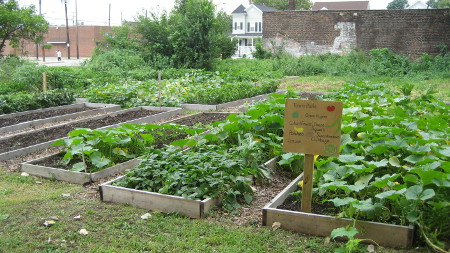
This information is barely the top of the taproot in terms of what roots can tell you about your plants and how to grow them well. But, I hope what you’ve read today has made you want to do the work of going back to your roots!

